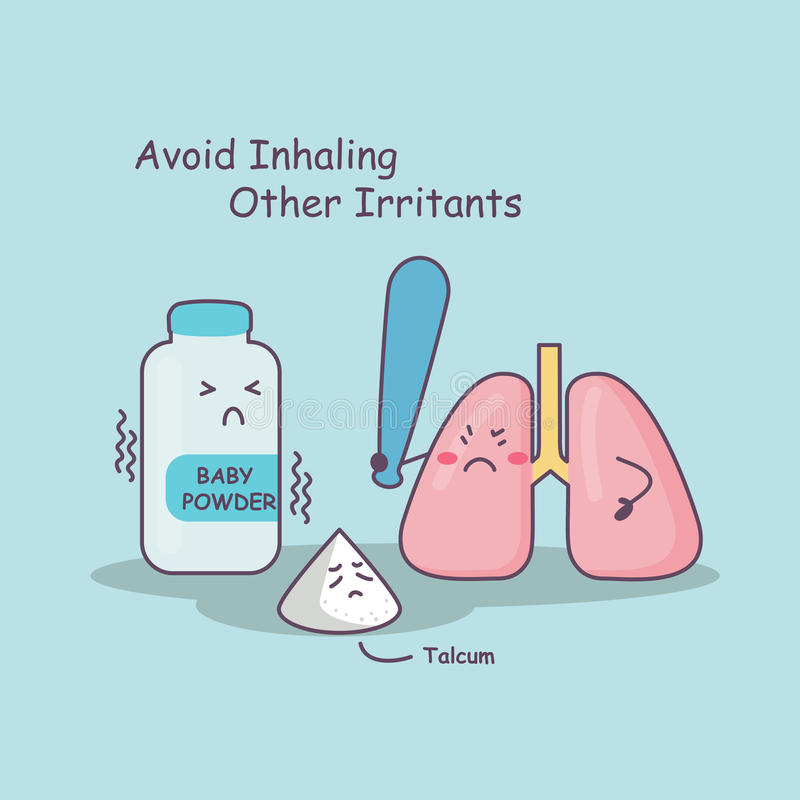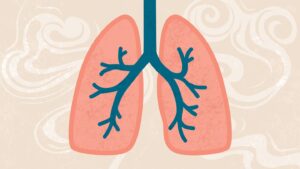Guest Blog: Lung Irritants- Your Lungs On Fire


A significant increase in the number of individuals experiencing respiratory symptoms as a result of bodies’ response to airborne irritants has been noticed. This is observed at alarmingly high rates in children. Most of the kids between 2-16 years of age are reporting symptoms of persistent sneezing, runny nose, headaches, chronic dry cough, and breathlessness, regardless of whether they prefer indoors or outdoors.
Lung irritants are substances in the environment (indoors or outdoors) that, when inhaled, can cause inflammation or other reactions in the respiratory system. Our nose is the gatekeeper to our airways and works to thwart irritants and avoid damage to the lungs. However, in those who are predisposed, there may be local inflammation in the upper airways, resulting in allergic rhinitis and sinusitis symptoms. If the gatekeeper fails, substances enter our lower airways and cause asthma, hypersensitivity pneumonitis, and worsening of COPD symptoms; chronic exposure is known to cause lung cancer and lung fibrosis.
Lung irritants could be infectious or non-infectious. The most common infectious lung irritants are viruses all around. COVID-19, Adenovirus, and H3N2 are some of the prevalent viruses in the last few years. Fortis Hospital, Anandapur, Kolkata, has seen 70–75 cases of viral infection in the last two months. The hospitals are getting numerous cases of influenza. Currently, there are 6 cases, who are ill enough to be admitted. Young people are particularly vulnerable. As seen in COVID, adenoviruses, and H3N2 are adversely affecting the lungs. Commonly observed symptoms include sore throats and upper respiratory problems, along with bleeding from the nose or bleeding when coughing. These patients receive anti-flu treatment for influenza, and for adenovirus, treatment is according to the symptoms.
The non-infectious irritants can be indoors or outdoors. Indoor air pollution is different in urban and rural areas. The latest global guidelines for COPD have acknowledged that air pollution is responsible for around 50% of COPD cases in low and middle-income countries, especially among non-smokers.
Rural households see a lot of smoke and dust originating from the wood, animal dung, and coal that are burned. The smoke contains a high amount of carbon monoxide, nitrogen oxides, benzene, etc. Urban household lung irritants include chemicals like ammonia and chlorine bleach in cleaning products and scents. Dust mites and pet dander are very common triggers for allergies and asthma. Molds and fungi can cause allergic reactions in people who are frequently exposed to them.
Bird feathers and droppings are proving to be significant risk factors for lung irritation and damage to the extent of lung fibrosis. A fair number of patients are being diagnosed with a disease called hypersensitivity pneumonitis, which starts with full-blown lung irritation. Chronic exposure to these birds, food grains, mold, and many other such substances, leads to irreversible lung damage and fibrosis.
Second-hand smoke, especially in children, is common when adults smoke in the house or car.
Workplace lung irritants include asbestos, coal, smoke, molds, and dust in the construction, textile, farming, and mining industries. Outdoor lung irritants include organic and inorganic agents. Pollen inhalation can irritate the airways and cause symptoms of allergy and asthma.
Air pollution is now proven to be a major risk factor for impairing lung growth in children and causing COPD in adults. It is also a trigger for worsening asthma. It includes ground-level ozone, which forms when volatile organic compounds (VOCs) react with nitrogen oxide in sunlight. Ozone levels are highest in the evening.
Who is at more risk?
- Young children, babies, and the elderly (especially those who breathe harder and faster)
- Adults who are frequently outdoors
- People with heart or lung diseases
Reduced dampness in the home, as well as opening windows for better ventilation and air conditioning using air filters, can aid in the prevention of allergies caused by indoor irritants. When going outside, wearing a mask can help limit your exposure to irritants. Keep track of outdoor irritants and limit your outdoor time; use air filters at home; cover your hair when going outside; and change your clothes after being outside are just a few other ways to help minimize the harm caused by lung irritants.
About the author- Dr. Sivaresmi Unnithan, Pulmonology, Fortis Anandapur, Kolkata
